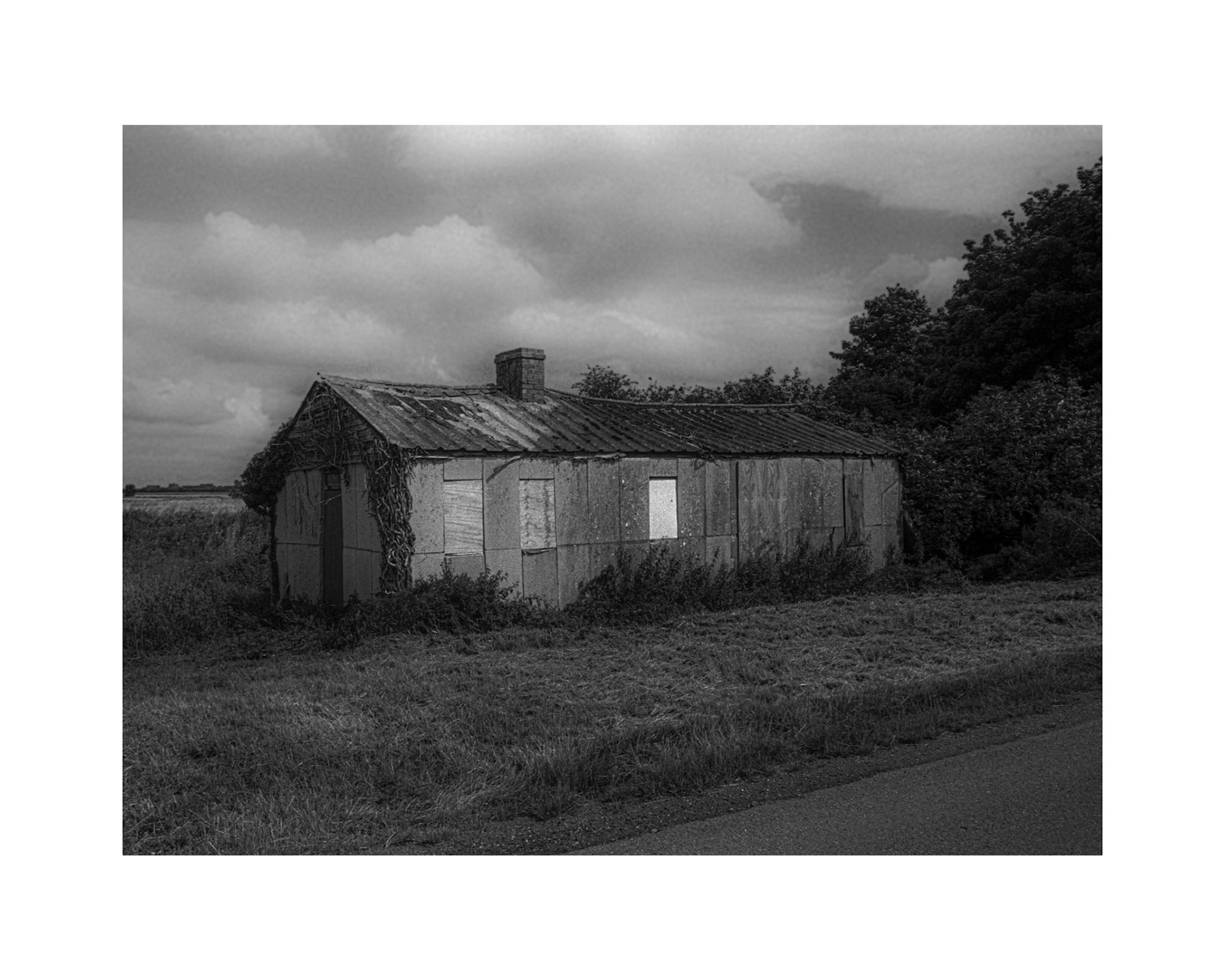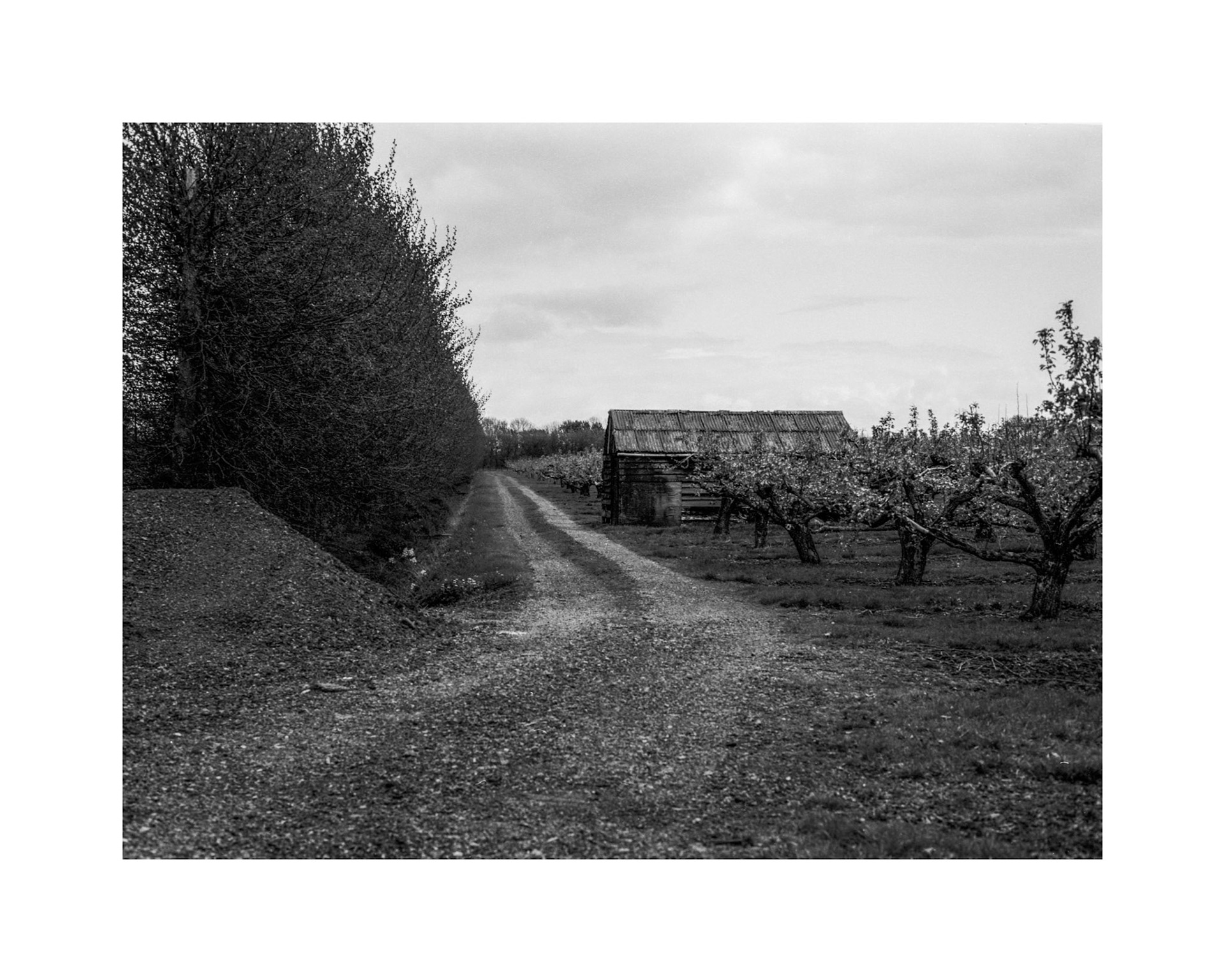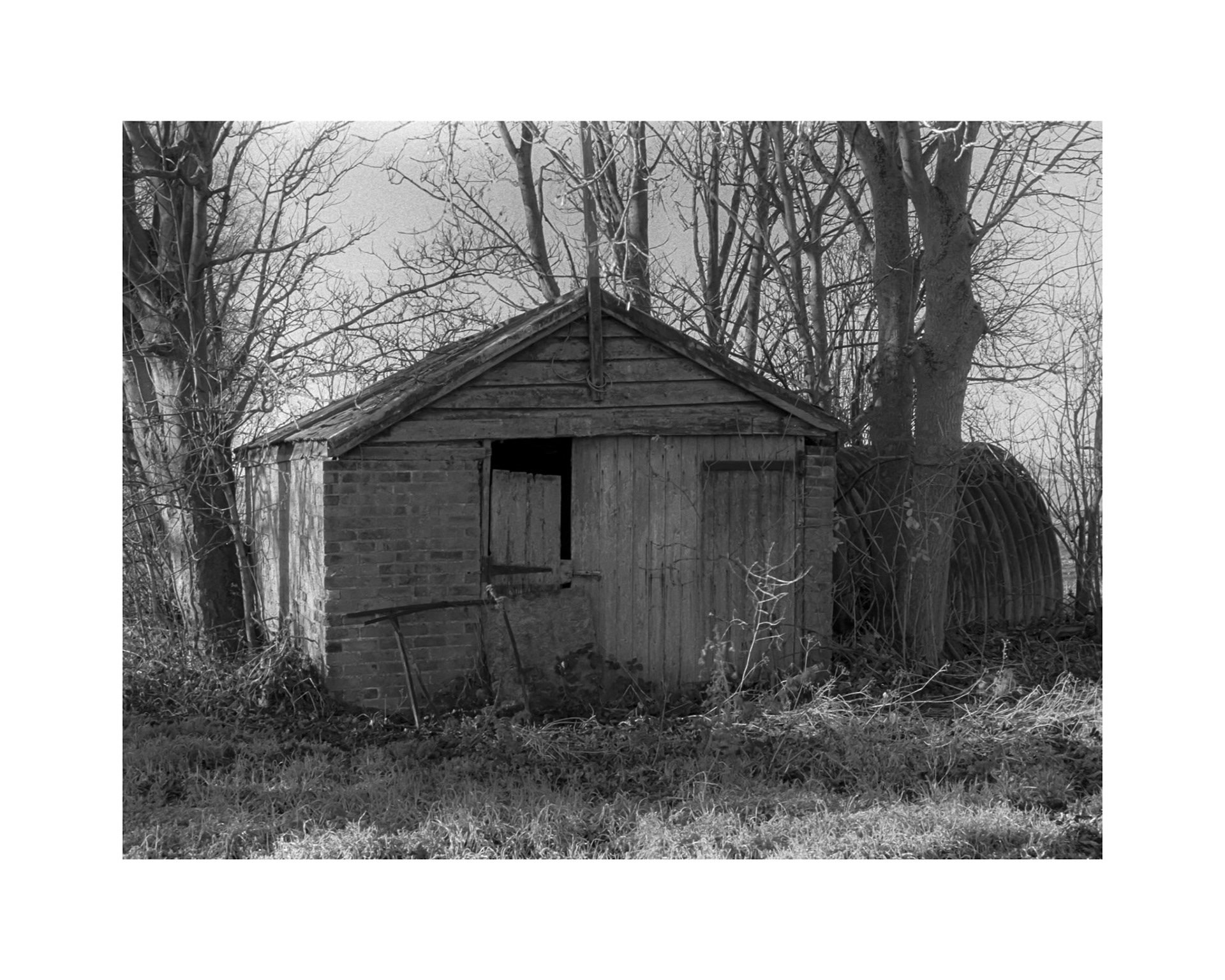Sheds of East Anglia.

A small part of my every growing collection of sheds, old agricultural buildings and remnants of built oddities that have caught my eye whilst out and about travelling the Fens.
Please click on an individual image for a larger version.
If you would like to any more information or would like to enquire about purchasing prints then please use the contact form above.








I live in the Fens of East Anglia, the East Coast of England. It is an area of coastal plain that was marshland and peat bog until it was drained and reclaimed by drainage channels and artificial watercourses being built and installed back in the 17th century at the behest of the 4th Earl of Bedford, Francis Russell. In places it is still below sea level, the draining having caused the peat to dry out, shrink and compact. Holme Fen in Cambridgeshire is 9 foot (2.75m) below sea level and at that the lowest land in the United Kingdom.
I absolutely love living here. It is flat, very flat, in places you can see for miles. In winter the wind when it comes from the north or the east cuts like a knife, and in summer I have deer and pheasant and hares in the garden and the flowers grow tall and last for ages and the vegetable plots supply plenty for the kitchen.
It is good earth, very good earth and is farmed extensively. It is an area of rich abundance, from the sea to the soil. Fishing fleets used to harbour all along the little towns that dot the coastline. Great Yarmouth and Lowestoft with their huge herring fleets and smaller towns Cromer, Southwold, and Aldeburgh each hosting their local fleets plying the shallow coastal waters for shellfish and flatfish and others who bravely ventured further out in to the North Sea lured by the promise of the certain sale and higher prices that cod and haddock fetched.
Inland, just as abundant, the whole area dotted with fruit farms, apples and strawberries especially. Cattle, sheep, pigs and fowl, all farmed hereabouts, cereal crops and sugar-beet, potatoes and maize in abundance all equally supported by the rich nutritious soil. The most fertile soil in England.








It all changes, modernisation, making things more efficient, conglomerate farming and factory fleets from home and abroad are replacing what was once the individual industry of families, smallholders with perhaps a few hundred acres leased from a landowner, farmsteads passed from generation to generation. Fishing boats were once passed on to the eldest son, who now wants to make his way in the world without the having the risk and hard work of working at sea. All these thing are now becoming a memory and soon all these memories will be consigned to the annals of history as England becomes less bucolic and more economic. There will come a time when we fail to notice the passing of the Ghost Species.
But there are little echoes left behind, just. The places where the horse harnesses were hung up, the places where the cart and the plough were stored to keep them out of the weather. Little places where apples and potatoes were stored over winter and the little places to take shelter from the sun and the rain and the wind, little places to store and fix fishing nets, ropes and pots. Some of these little shadows are still hanging on, sometimes leaning precariously, rotting, splitting. falling down and fading away to be replaced by the modern.
The first one I found was just round the corner from the farm, decrepit in the true sense, leaning further to its fate each time I walked past. I took a photo because I liked the look of it and I knew it wouldn’t always be there and something clicked inside my head and soon I was out looking for them on purpose.








Camera, Olympus Om1n
Lens, Zuiko 50mm f1.8
Films used.
Ilford Delta Pro 100 and Kodak Tri-XThanks for taking the time.

